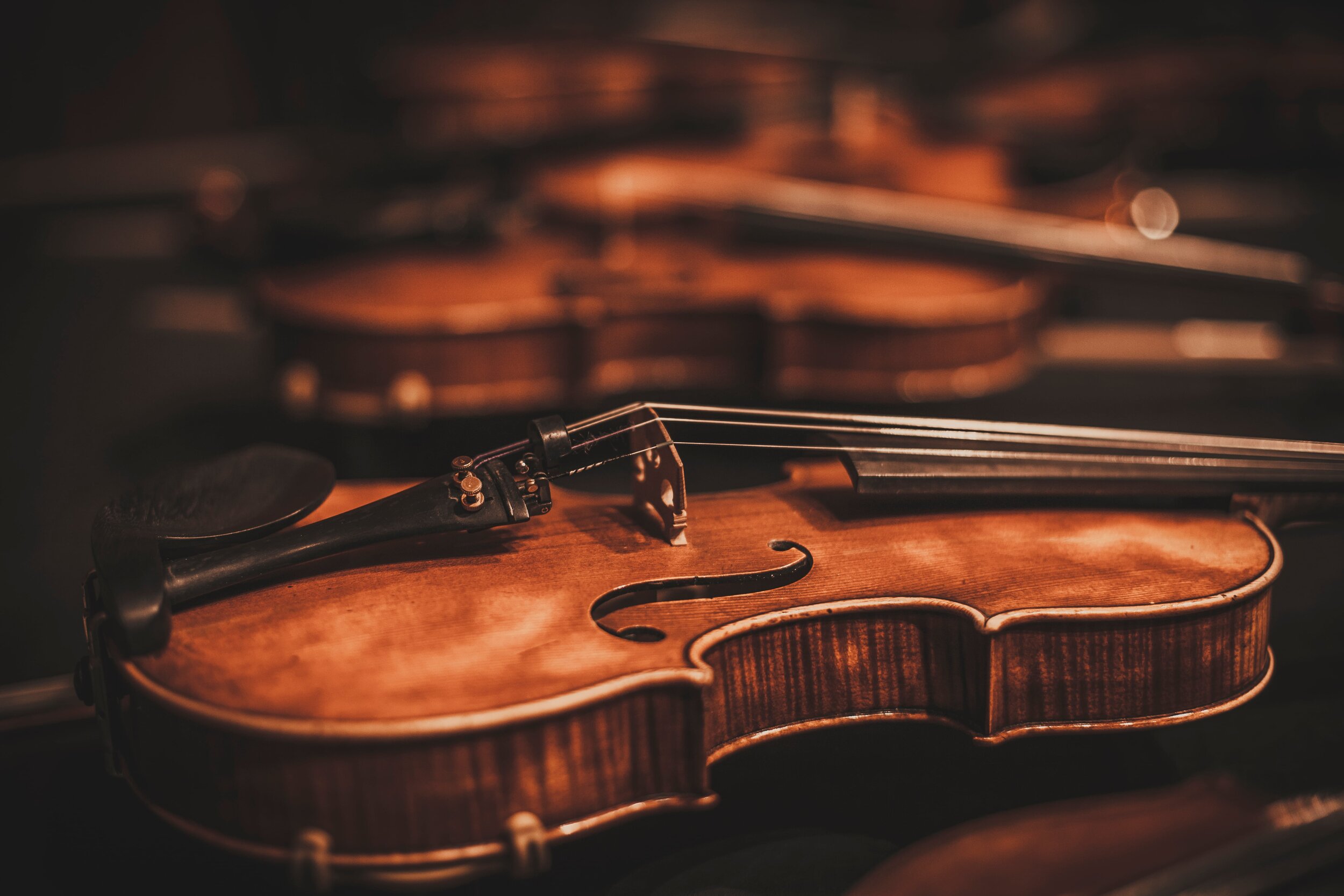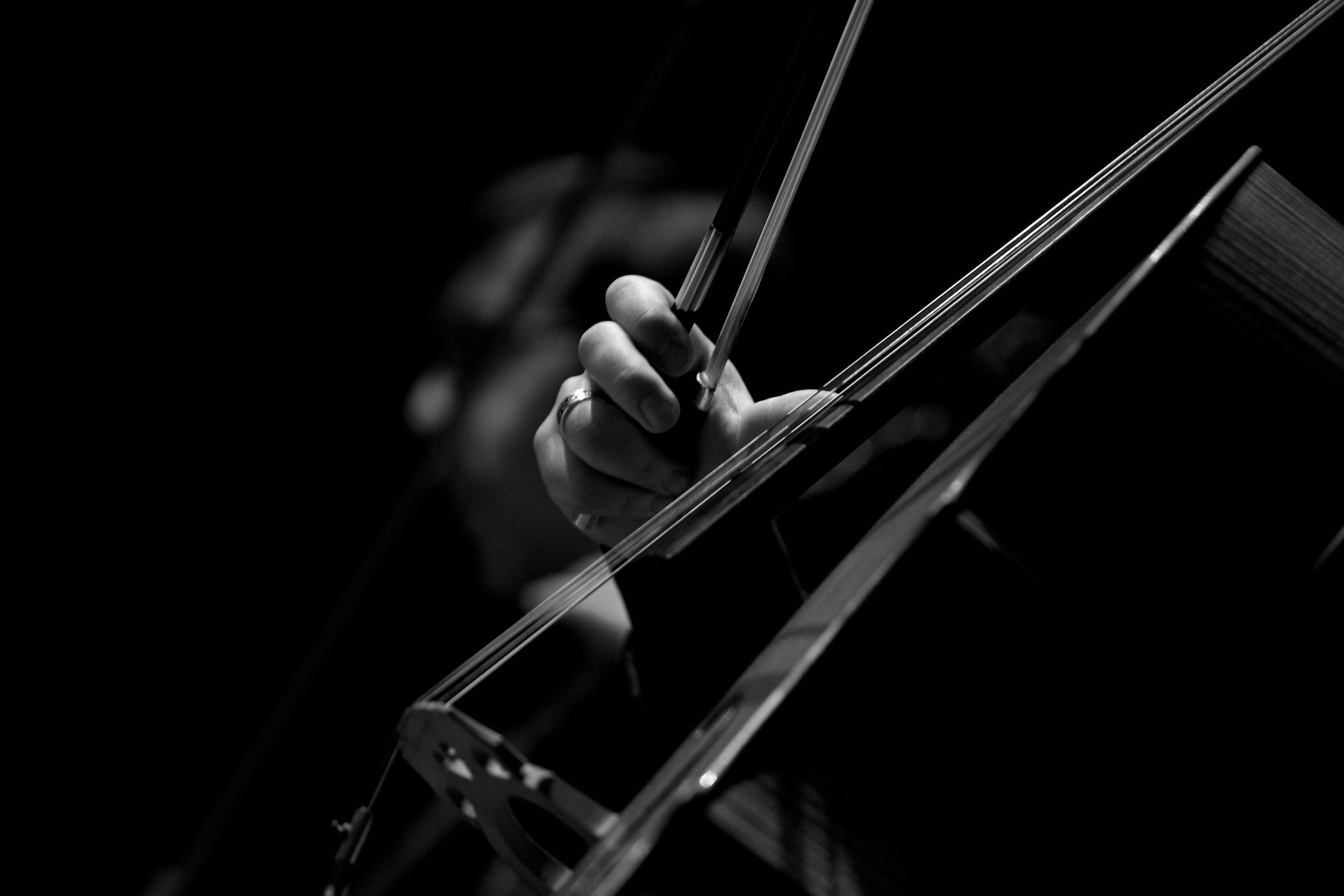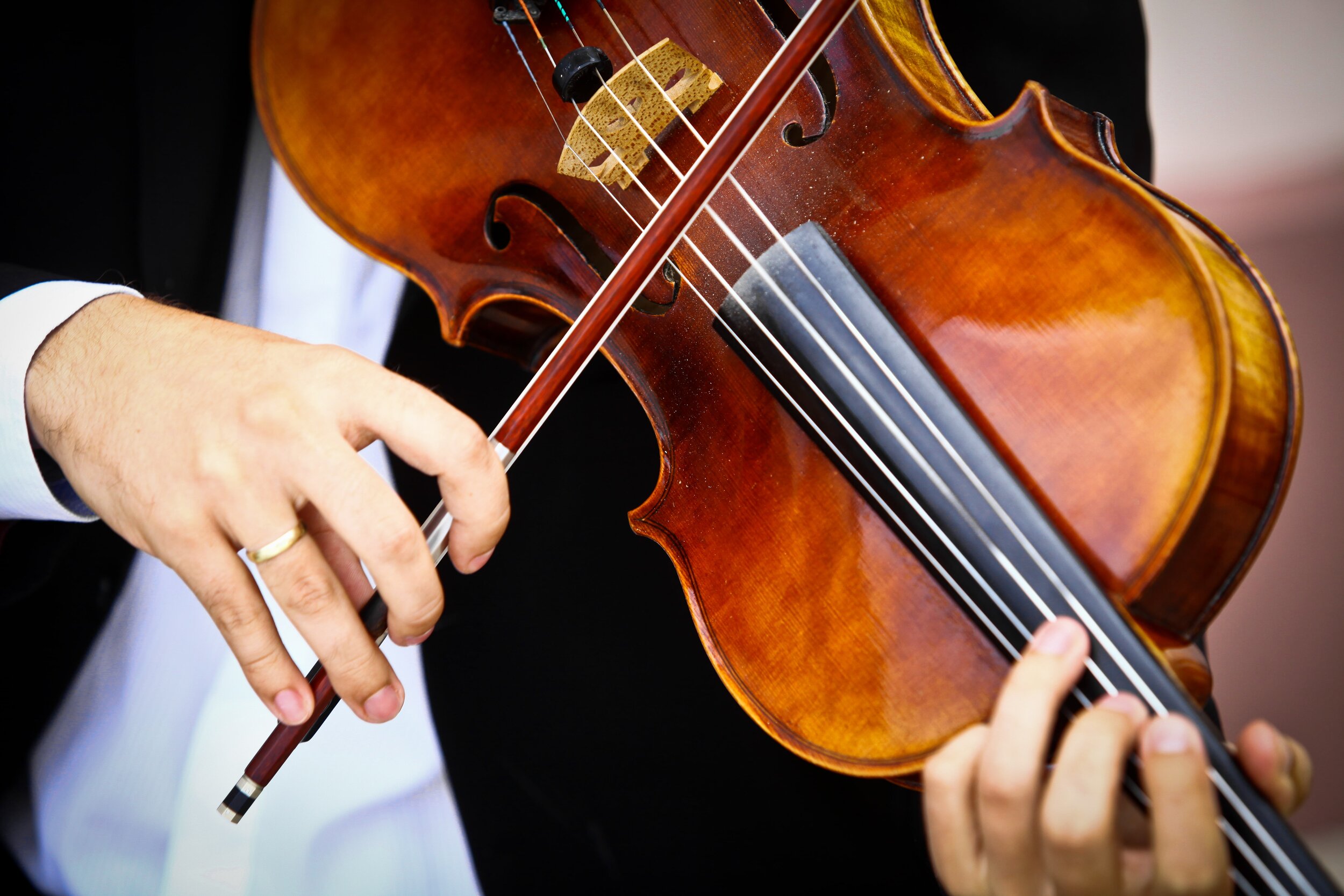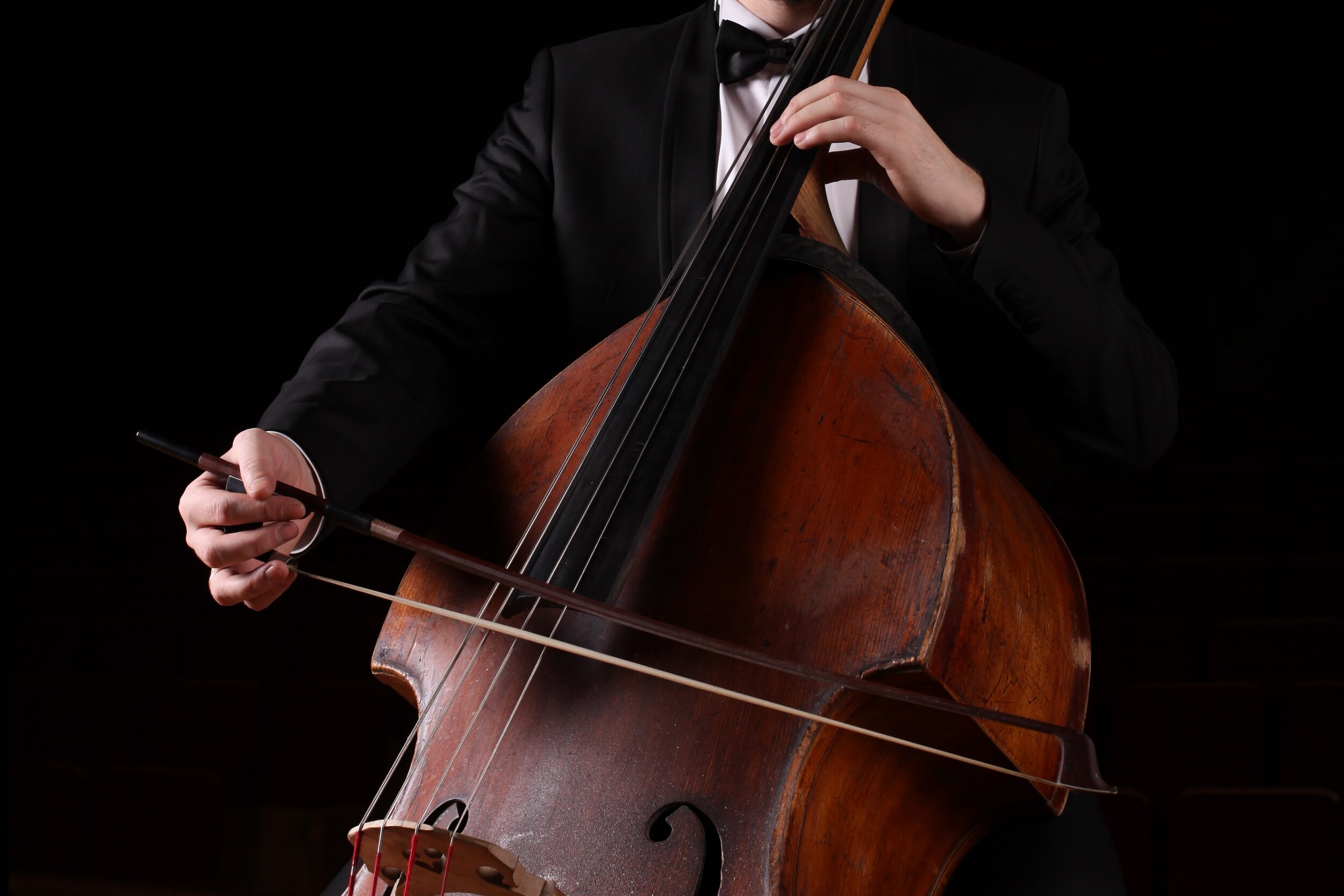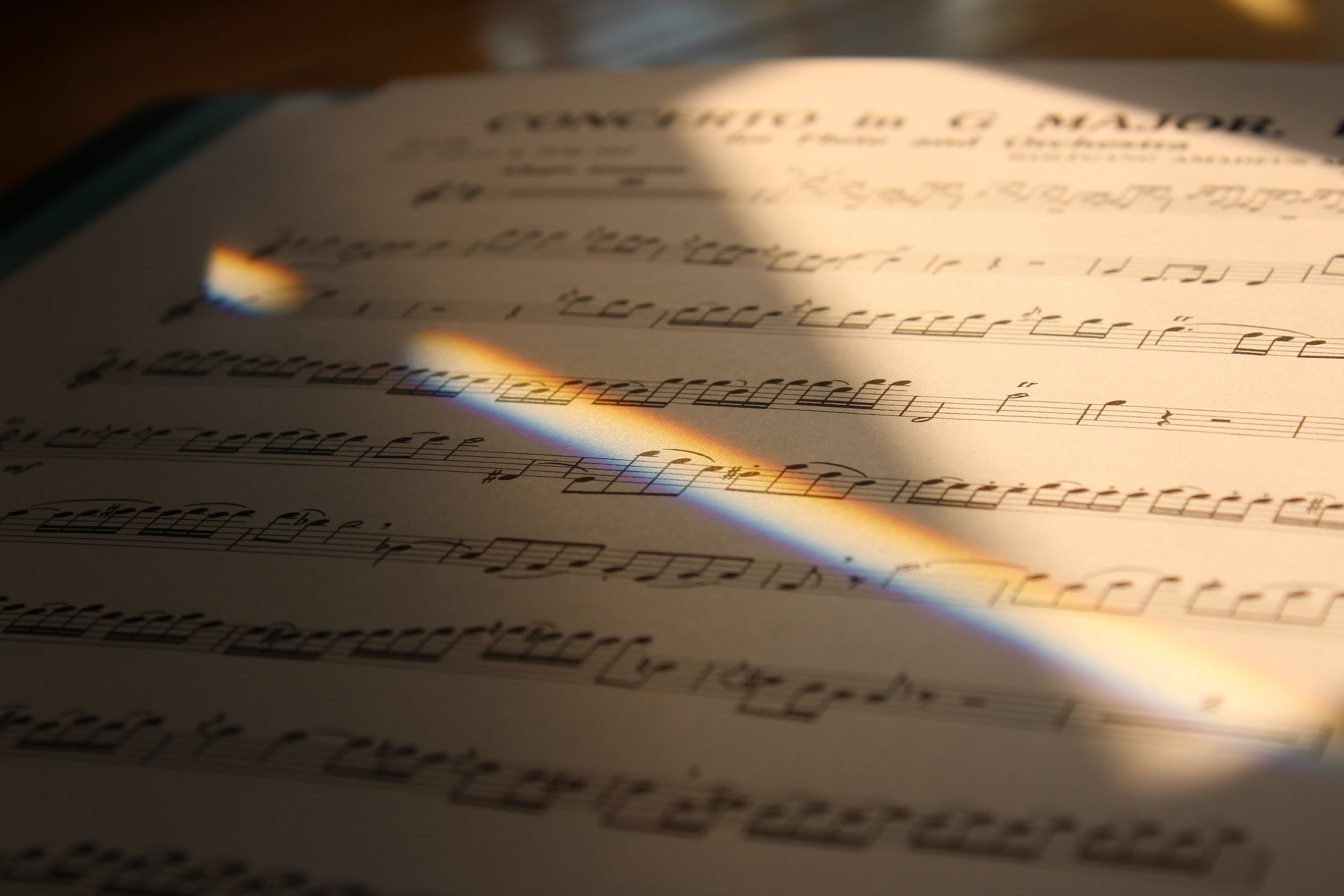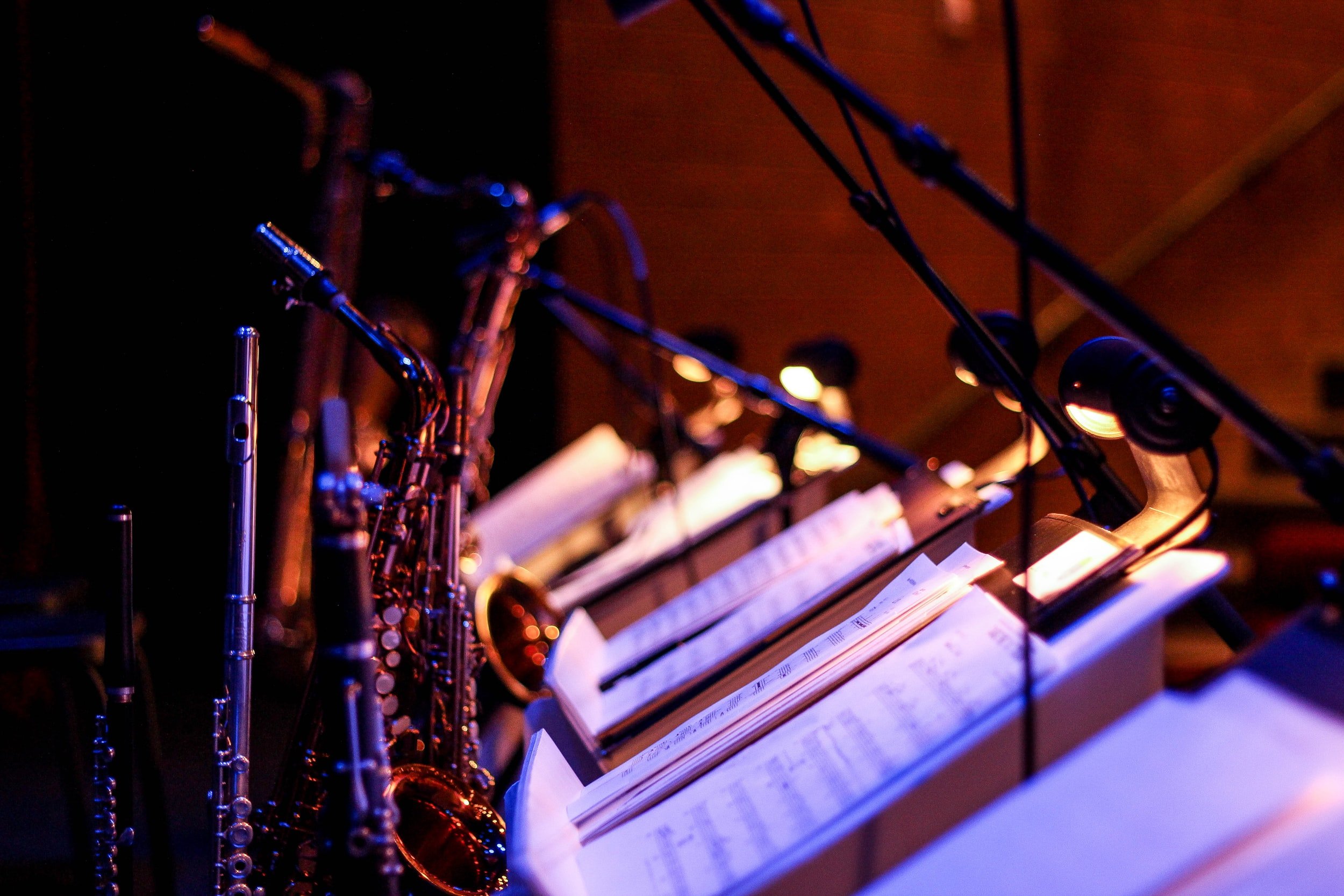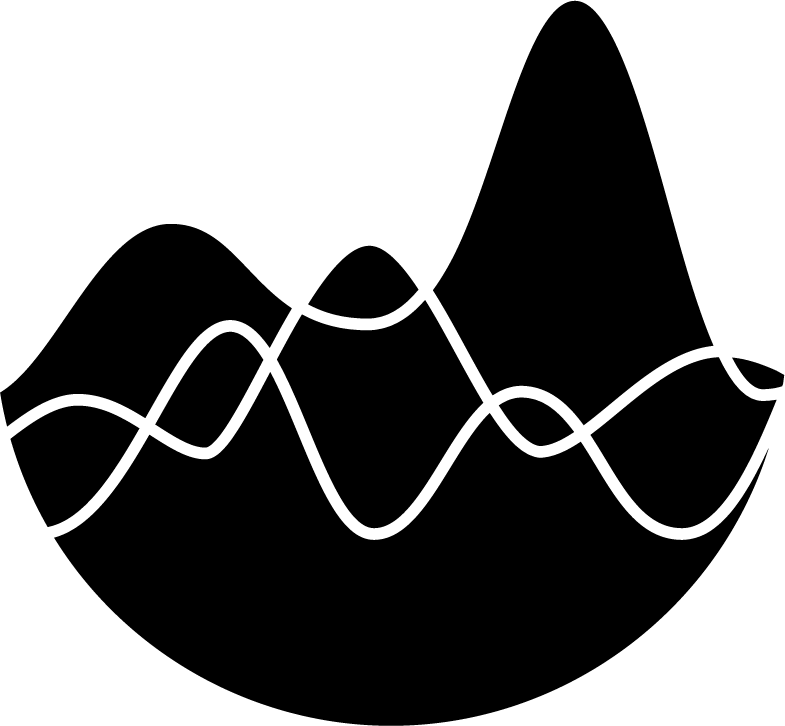Bowed Strings | Contrabass
Bowed Strings | Contrabass
Extreme Orchestration
by Don Freund and David CutlerPublished: February 2024
CONTRABASS.
The contrabass is the largest and the lowest of the bowed strings. Also known as double bass, bass viol, string bass, or simply bass it is positioned in front of the player, resting on an endpin, as the performer stands or sits on a high stool. Most of the techniques for violin, viola, and cello are possible on bass as well, and this instruments blends well with the other strings. However, some significant differences between bass and the other instruments are:
bass is the only transposing bowed string. It sounds an octave lower than written.
bass is tuned in fourths, while the other strings are tuned in fifths.
bass is the least agile string instrument.
the distance between pitches is significantly larger on bass than the other instruments. First to fourth fingers in one position span only a major second.
bass has a shorter bow than violin and viola, and requires more frequent bow changes.
bass has a quite dark timbre, much darker than violin, cello, or even viola.
bass pizzicato pitches have more resonance and sustaining power than any other string.
natural harmonics are easier to play on bass than any other string instrument. Some bass literature calls for up to the tenth partial.
artificial harmonics should be avoided, though touch-m3s are technically possible.
double stops that don’t incorporate at least one open string are tricky. Triple and quadruple stop should be avoided for ensemble passages, though they are possible for solo playing if a “crunchy” sound is desired.
The bass , like viola, has a reputation for being simple and unadventuresome. Often the bass is relegated to playing the tonic and dominant for extended periods of time, laying down the harmonic foundation. While this is an obvious role for it to play, as one of the lowest instruments in the orchestra, the bass is actually a quite versatile instrument, though its potential has been largely underexplored. Bass is the only string instrument that is equally associated with the symphony orchestra, jazz band, and popular ensemble. Good players are capable of performing quick passages, and melodic lines in the upper register are even possible. Because of the general lack of solo music written for bass, players are always looking for new literature. If you write a piece for bass, it will be performed.
Despite its hefty size, bass doesn’t project as clearly as other string instruments. More often than not, bass parts are doubled by another instrument, either in unison or up an octave, such as cello, bassoon, bass clarinet, trombone, tuba, or timpani. Non-doubled bass lines are often disappointing because they lack definition and clarity. In chamber music, the bass is more likely to be left undoubled.
Bass parts are normally written in bass clef. For higher figures, tenor or treble clef may be used. In some scores, music using these clefs is not transposing, while bass clef notes are. Because of this inconsistency, if you do use treble or tenor clef, make a note about whether those pitches will sound down an octave or not.
Notes, as well as positions, are further apart on bass than any other string instrument. For this reason, it is difficult and risky to leap suddenly into a high position, since it takes a time to orient the left hand. As with cello, it is possible to use thumb position on bass when playing in the uppermost range. Orchestrators often shy away from writing high bass passages, but it provides an interesting and intense timbre, when compared with cello in the same register.
One unique aspect of the bass is that it often has a low C attachment, enabling the instrument to travel yet lower. By flipping a stopping apparatus by the nut, the length of the open string becomes longer, allowing for all chromatic pitches above low C. It cannot be expected that all players have this, but in a college or professional orchestra, there are usually at least a few basses with this attachment. This allows the instrument to double all cello passages one octave lower. When performers without the attachment see these extended pitches, they automatically take the pitches up one octave, but to be clear, write the lower octave pitches in parenthesis, and the upper octave tones with normal noteheads.

